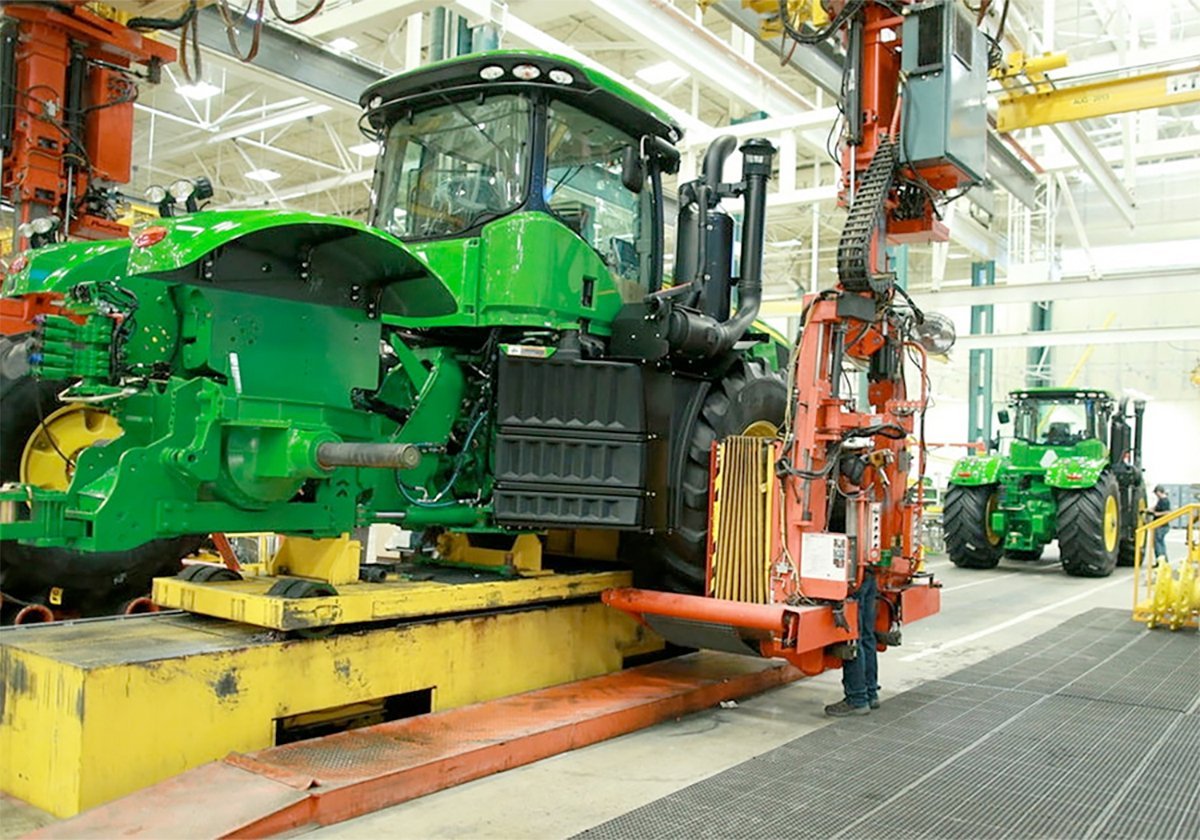The Calgary Stampede has given itself a black eye with its mishandling of this year’s prospect steer show and the disqualification of the winning animal.
The steer was stripped of its grand champion title after testing positive for a painkiller, though the Stampede didn’t announce that publicly until weeks after the event.
Even then, it did so only after repeated inquiries from the steer’s owners and the media made it clear the matter couldn’t be kept locked in the barn.
The two owners of the steer have appealed the disqualification amid num-erous questions the Stampede has failed to answer. They are entitled to a better explanation than anyone has so far received.
Read Also

Trump’s trade policies take their toll on Canadian producers
U.S. trade policy as dictated by president Donald Trump is hurting Canadian farmers in a multitude of ways.
On July 13, Riley Charlock and Royden Anderson sought permission from the Stampede’s accredited veterinarian to administer a painkiller to their steer before the show, and they heeded a recommendation on what product to use.
The Stampede has not explained why its own veterinarian approved the use of a product that apparently contravened the rules and thus led to the animal’s disqualification.
Failing further explanation, one can speculate the problem lies in interpretation of these rules. And if that is the case, the rules need to be clarified.
The steer’s owners complied with the rule requiring veterinary consultation if an animal requires care. The animal was lame from a pre-Stampede foot injury and the owners sought help to relieve its pain and prevent it from limping in the show ring.
The rules also state that “any products-solutions-liquids administered internally to alter the conformation or weight of the animal is (sic) prohibited.”
Is this the basis for the recent disqualification? If so, did the painkiller alter the conformation or weight of the animal? Arguably, it did not.
The rules say Stampede officials can discipline any person who compromises the well-being of an animal. Is this the basis for the disqualification? Do officials believe the steer’s health was compromised? If so, they should say so.
The steer’s owners hired a lawyer to obtain a copy of the blood test that led to the disqualification but last week were told by Stampede lawyers that the sample had been destroyed. No explanation was provided.
Given that blood tests are not routinely taken from cattle at the Stampede, destruction of the sample raises further questions. Why was it destroyed? Could the initial results be replicated? What was in the blood sample and did its contents contravene the rules?
The Stampede has made excellent strides in the protection of animals used in the rodeo and chuck wagon races. It has made a point of explaining these initiatives to the public.
That progress makes this new circle-the-chuck wagons stance regarding show cattle all the more inexplicable.
Organizations are obviously more eager to explain their advances than their controversies, but the latter action is vital to maintaining credibility.
The Stampede Steer Classic has the richest prize on the Canadian cattle show circuit. That $10,000 is a lure that could lead some steer owners to compromise animal welfare. It does not appear to be the case in this situation, but it has happened at other shows and must be prevented.
To maintain the respect and confidence of exhibitors and the public, Stampede officials should thoroughly explain their reasons for disqualifying the winning steer, examine and clarify the rules and develop a strategy for better handling controversies in the future.
As it stands, the disqualification appears unfair to the exhibitors and raises questions about the integrity of the steer classic show.














